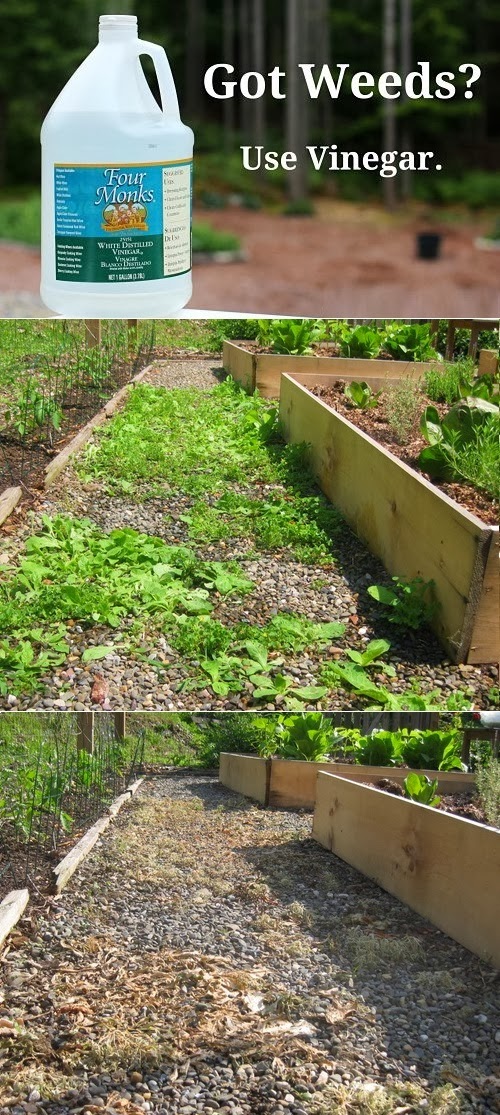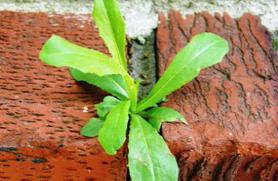Blossom end rot on peppers
Symptom : On peppers, the affected area appears tan, and is sometimes mistaken for sunscald, which is white. Secondary molds often colonize the affected area, resulting in a dark brown or black appearance. Blossom end rot also occurs on the sides of the pepper fruit near the blossom end.
Cause : Blossom-end rot is not caused by a parasitic organism but is a physiologic disorder associated with a low concentration of calcium in the fruit. Calcium is required in relatively large concentrations for normal cell growth. When a rapidly growing fruit is deprived of necessary calcium, the tissues break down, leaving the characteristic dry, sunken lesion at the blossom end.
CLICK TO READ MORE.




Comments
Post a Comment